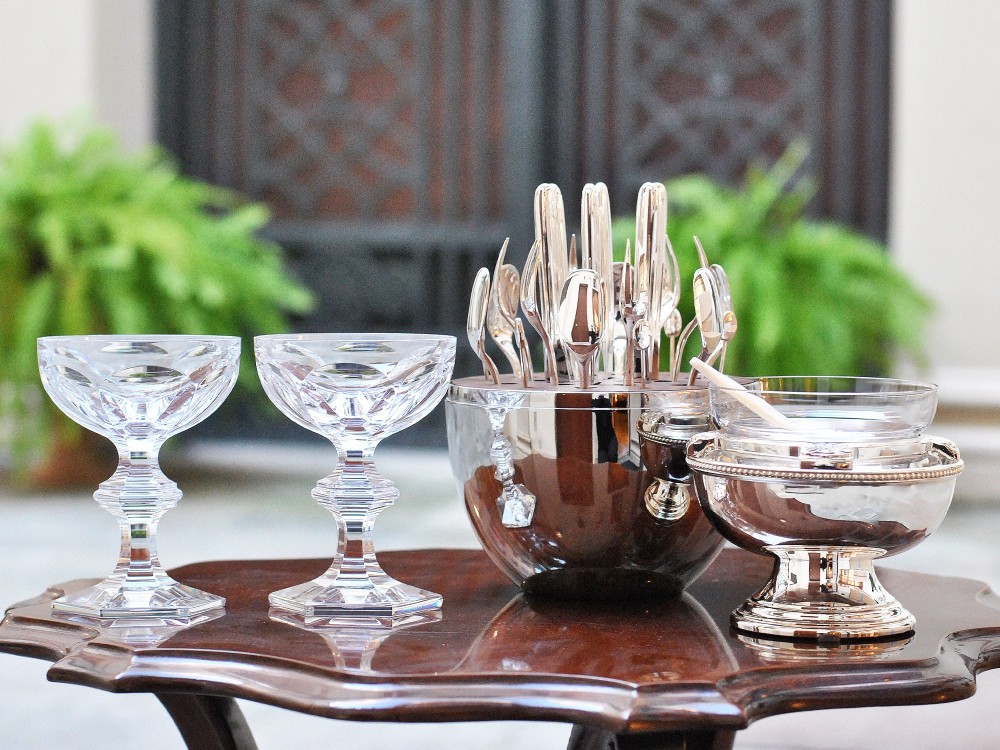René Lalique and The Baccanthes
- Parenti Firenze
- Stories and Curiosities
- 0 comments


René Lalique's history in the world of art and creativity began in 1885 when, after the death of his father, he decided to pursue a path to artisan knowledge from jeweler Louis Aucoc. His studies in the world of jewelry and the arts took him to England and then established his own business a few years later in Paris.
René Lalique gradually approached the world of giftware and glassware beginning in the early 1900s, becoming in time one of the leading exponents of Art Déco. Lalique therefore opened a factory in Alsace, a place of great tradition in glassmaking.
Lalique's career was a growth until the second half of the 1920s when he took part in the International Exposition of Modern Industrial and Decorative Arts in Paris (1925) as a glass artisan and representative of the Art Déco movement.
Of the latter current he was a leading exponent especially in the world of design, arriving at the creation of unique works of art.
Among these, exceptional importance and fame belongs to the “Baccanthes” Vase first launched in 1927 and today reissued in a new version by the Lalique company.
With the Art Déco period, the entire society and therefore also the artistic currents want to move beyond the dark years of the First World War and especially the new bourgeoisie strongly desires to devote itself to beauty, worldliness and luxury. The style that is being formed is essentially based on linear, symmetrical and geometric forms that find strong inspiration in the culture of ancient Greece.
At the time, sculptural work of the Bacchantes perfectly represented the artistic current of Art Déco by taking up both the Greek tradition with the myth, sculpture, and vase forms of the geometric and archaic periods; and the importance and centrality of the movement of bodies that excelled in the artistic world such as in the futuristic and cubist currents. Lalique took up tradition but voiced an artistic originality, resting on design and the uniqueness of workmanship. Through these pillars of his art he came to demonstrate the possibility of combining art with industry, having at the basis of this union a strong respect for quality.
Going to look at the Bacchae Vase we can immediately notice a group of Women dancing side by side. As the name of the vase suggests, the representation refers to Euripides' Greek Tragedy, the Baccanthes. The god Dionysus, also known as Bacchus, in order to prove his divine nature, as the son of Zeus, to all the inhabitants of Thebes, induces a germ of madness in all the Theban women who flee to Mount Cytheron to celebrate rites in honor of Bacchus himself. This very fragment of the tragedy is depicted by René Lalique in his opera, offering them unparalleled beauty, splendor and sensuality. Their passion and voluptuous curves make this vase of exceptional uniqueness.

















comments (0)